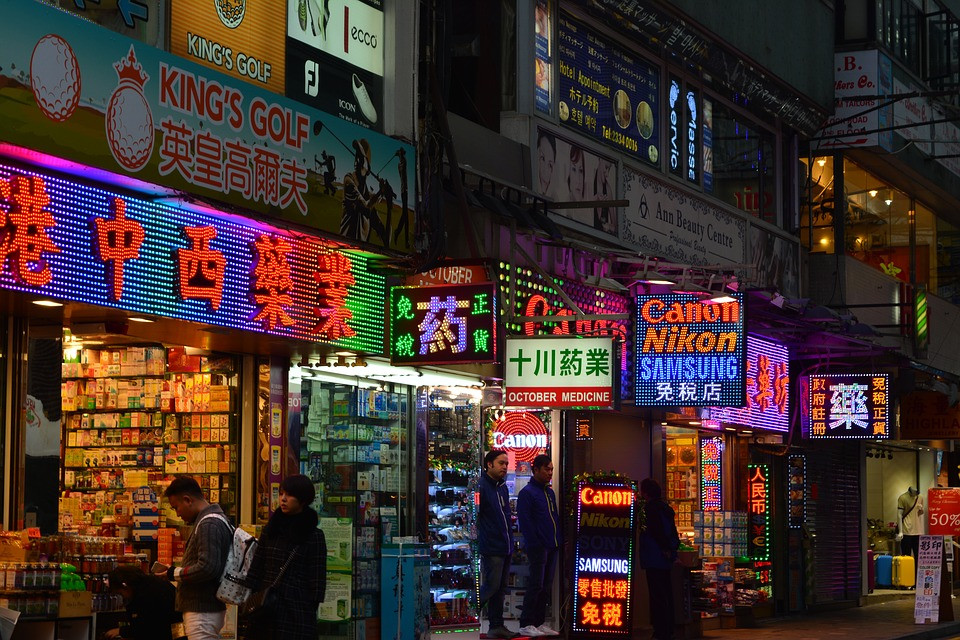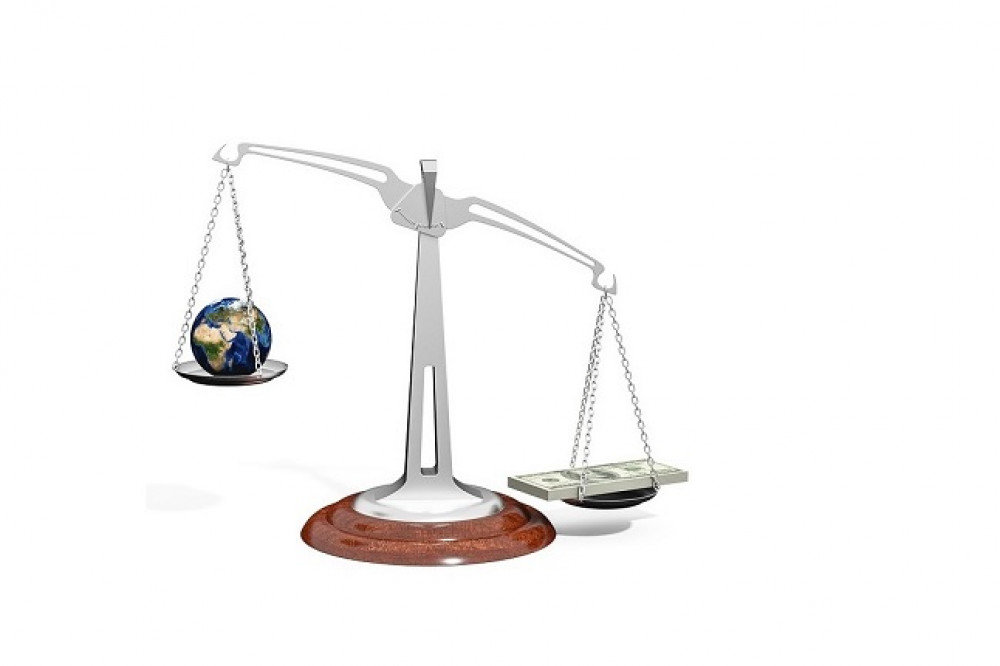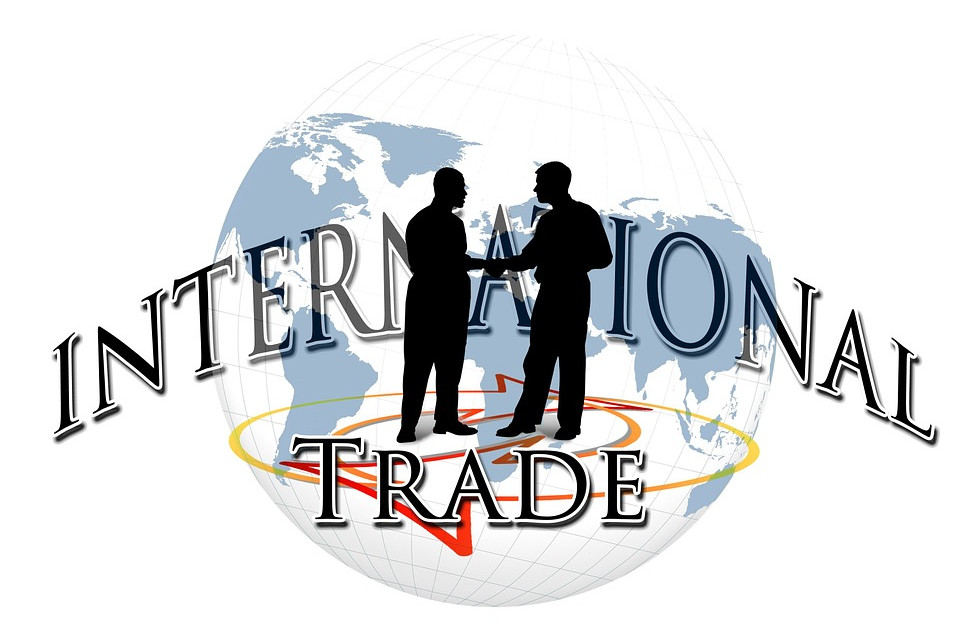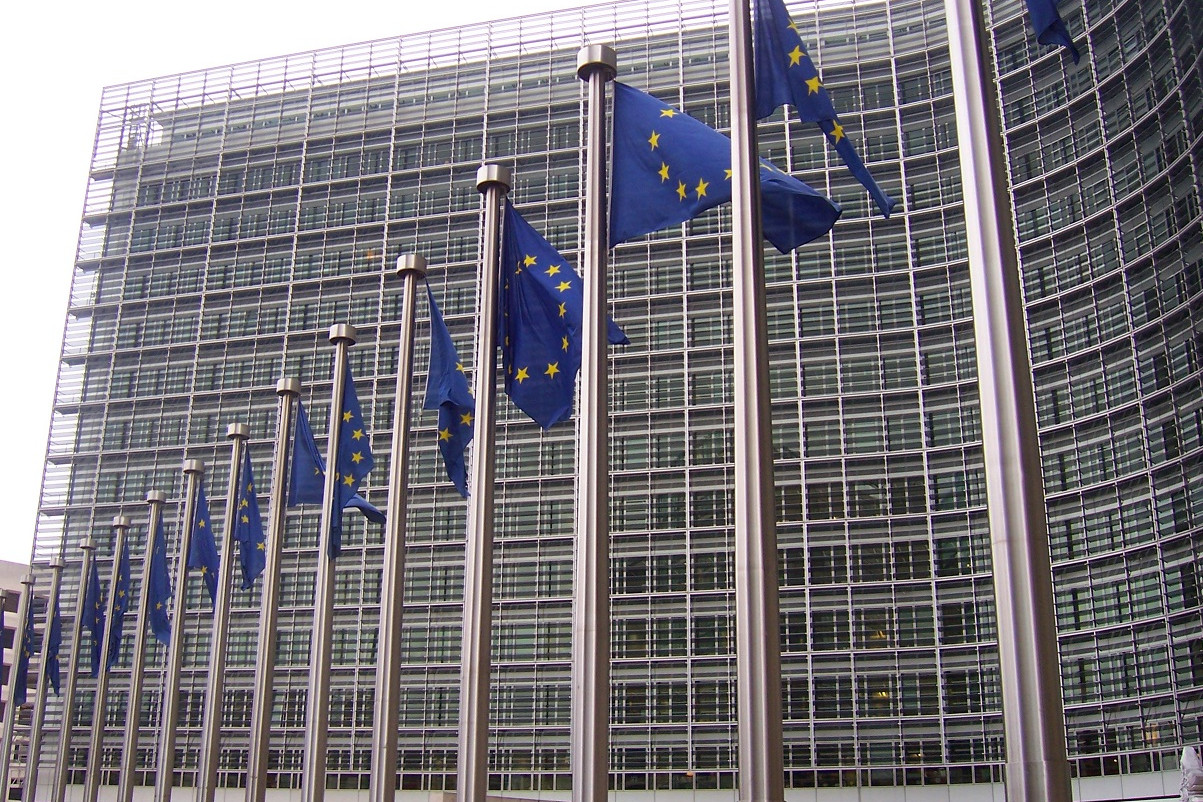For a long time, tariffs were the most common protectionism instrument, as a way to increase the price of imported products and thus alleviate the competitive pressure they posed for domestic manufacturers. It is symptomatic that the body created after the Second World War for trade issues included in its denomination an explicit reference to tariffs: General Agreement on Tariffs and Trade (GATT). and in fact the first rounds of negotiations focused on reducing tariffs, with notable success, of course.

Since then, there are several reasons why tariffs' prominence has reduced. On one hand, new forms of protectionism appeared, ranging from quantitative restrictions including the famous "voluntary export restrictions" negotiated between the United States and Japan (when the latter country was still an object of the fears for the world's leading power) to the so-called "Strategic commercial policies" that used tools far from those strictly commercial to favour domestic producers: the struggles between the United States and the European Union on account of their ways of supporting Boeing and Airbus, respectively, are a good examples.
More recently, what the former director of the World Trade Organization, Pascal Lamy, has called the "precautionary policies", and not simply "protection", has gained traction, in the form of measures aimed at the protection of users and consumers, such as sanitary or phytosanitary regulationd, debates on the role of genetically modified foods in international trade, among others. and when the 2008 crisis arrived, despite G20 declarations many countries have implemented multiple measures that, under the guise of the need for economic reactivation, contained discriminatory measures between domestic and imported products (widely documented in reports such as those of Global Trade Alert) generating what has been called a "grey protectionism" or "low intensity protectionism".
THE DEBATE ON PROTECTIONISM HAS REAPPEARED
When it appeared that tariffs had been displaced as protectionist instruments by a wide variety of other measures, the Trump Administration's decision to impose import tariffs in March 2018 initially on steel and aluminium has restored the debates to "high intensity protectionism". There are constant references to commercial war, reprisals and the like, as well as comparisons with the 1930s, in which after the trigger of the Smoot-Hawley tariff in the United States, an escalation of protectionist measures began, which for the large majority of analysts, worsened the Great Depression situation.
At first glance we could say that, in some way, in 2018 this new protectionism is quite similar to the more traditional protectionism, with tariffs at the forefront.
Even the United States' appeal to legitimize its measures for "national security" reasons in some industries is reminiscent of the arguments regarding the importance of protecting local food output that was invoked to defend the Cereal Laws since 1815 in England, against whose application in 1817 David Ricardo formulated the famous explanation of the comparative advantages in favour of international trade. In another aspect, it would also be a return to the past: the negative experience of the 1930s led to the attempt after the Second World War to articulate a world trade system not only open, liberalised, but also based on multilateral rules (yes, with many exceptions), which would now be seriously threatened by the unilateral approaches of both the United States and the rest of the countries that announce reprisals.
Tariff protectionism plus unilateralism take us back to times long past, pretending justify those who insist on the tendency of history to repeat itself.
But the current phase of protectionist escalation shows interesting developments, which go beyond the strictly commercial sphere. On one hand, it is taking place in a world in which global value chains are widely implemented. This complicates the implementation of protectionist measures: if the United States imposes tariffs on an export from China, but whose production process includes components produced in Japan, South Korea or the United States itself, in the end the protectionist measure may end up penalizing friendly countries more, or even the same country that imposes the tariffs, than to the direct object of the tariff. This forces us to fine-tune more to determine who really are being harmed. This also has a political dimension: in retaliation, the list of goods proposed by China, and Europe's initial list, sought to target products that were particularly sensitive for areas of the United States that were fiefdoms of President Trump's party or their high-ranking civil servants.
TRADE TENSIONS BETWEEN THE USA AND CHINA
On the other hand, some analysts suggest that the final objective of the United States' protectionist measures would be more far-reaching than the commercial ones. Some point out that it could be to pressure China to reduce or eliminate the requirements for joint ventures between foreign companies and Chinese partners, sometimes perceived as a way to access secrets or intellectual property. Others refer to the United States' concern not so much about cheap imports that, after all, have existed for decades and have benefited the US economy by lowering costs of consumer goods and intermediate inputs, but rather the future prospects of a China that, as explained in the "Made in China 2025" strategy, would be looking for more prominent positions in the strategic sectors of the future, including robotics and artificial intelligence.
We pose the question that, in the same way that control of the technologies of the first Industrial Revolution have determined the map of power since the early nineteenth century, when England and Europe gained but China lost positions, now also whoever dominates the New Industrial Revolution, often referred to as the Fourth, associated with these innovations, would also end up promoting hegemony. This would be the Chinese pretention that the United States would try to hamper.
This dimension of the commercial conflict linked to the struggle for world hegemony is fuelling interpretations in terms of the Thucydides Trap.
A study led by Harvard professor Graham Allison has systematized the experiences of several cases in the history of tensions between an installed hegemonic power and another one that aspires to take over. The name of the study refers to the way in which the Greek historian Thucydides explained the inevitability of the war between Sparta and Athens, when the rise of the latter exacerbated the fears of the former in seeing its hegemony eroded.
This geostrategic dimension of the commercial tensions between the United States and China appears undeniable, the main debate being whether at this point in the 21st century we have learned enough from history to avoid greater evils. In addition to the lessons that history should have taught us, the reality of intertwined interests in a global world would highlight the advisability of arriving at solutions of reasonable compromise. Once again we are faced with a conflict between the economic rationality of mutually advantageous exchanges and the logic of power struggles at (almost) any price. Trade conflicts and protectionist temptations are a manifestation of these tensions whose future developments we should keep a close eye on.









